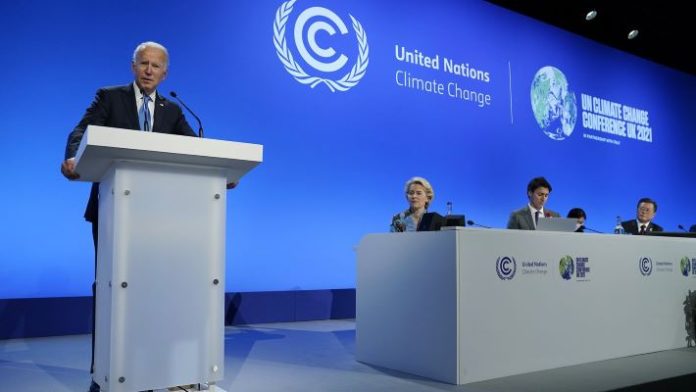
World leaders gathered for the 77th Session of the United Nations General Assembly in New York, the US will be presented with a report that analyses the worsening global food insecurity and malnutrition and the challenges faced by the global community.
The UN General Assembly kicked-off on Monday this week.
Ahead of the UN event, the Food Security Information Network (FSIN) drafted a mid-year update of the 2022 Global Report on Food Crises.
“By mid-2022, the population facing the three highest phases of acute food insecurity was greater than at any point in the six-year history of the Global Report on Food Crises (GRFC),” FSIN says in its report.
“According to the GRFC 2022 Mid-Year Update, the number of people in Crisis or worse (IPC/CH Phase 3 or above) or equivalent – that is the number of people requiring urgent humanitarian assistance – is forecast to reach up to 205.1 million in 45 of the 53 countries/ territories included in the GRFC 2022, published in May 2022.
“This number includes 14 new or updated 2022 peak estimates that were released since the publication of the annual report. For the majority of these estimates, the number of people facing Crisis or worse (IPC/CH Phase 3 or above) or equivalent has been revised upwards since 2021.2 For these 45 countries/territories, the data included in this GRFC 2022 Mid-Year Update represents an increase of up to 29.5 million people between 2021 and 2022 despite many populations in food crisis receiving humanitarian and development assistance, suggesting that needs continue to surpass current support and capacities.”
Among the worst hit countries are; Afghanistan, South Sudan, Yemen, Somalia, Haiti, the Democratic Republic of the Congo (DRC), 21 states in Nigeria, Sudan, Somalia, Ethiopia and Pakistan.
“Our spotlight on global and domestic food prices (see page 14) shows how the cost of food has been rising steadily since the onset of the Covid-19 pandemic. International food commodity prices were at a ten-year high before the economic shocks of the war in Ukraine.
‘’Although prices in international markets for staple foods, such as wheat, maize and vegetable oils have returned to pre-invasion levels, consumer food prices remain high and therefore purchasing power is not expected to improve significantly,” FSIN added.
It said the war in Ukraine was exacerbating the macroeconomic crises that most of the 53 GRFC 2022 countries/territories are already facing.
“These challenges are characterised by high inflation, strong currency depreciation, low foreign exchange reserves, high external debt, and limited fiscal space even before the impact of the war in Ukraine. Many are still struggling to recover from the socioeconomic effects of COVID-19 restrictions and/or are experiencing conflict/insecurity, which disrupts trade, transport, agricultural activities and livelihoods.
“Most food-crisis countries have high food import dependence and weak capacity to insulate their populations against imported food inflation due to low foreign currency reserves and/or depreciating national currency.
”They lack the capacity to expand social protection and other means to support vulnerable populations. In addition, many are witnessing high general price inflation (also pushed up by the cost of energy and other basic needs, further eroding the purchasing power of affected populations.”
FSIN is a grouping of several international organisations including UN organisations, the European Union, Famine Early Warning Systems Network (FEWS NET), SADC, the Global Nutrition Cluster, and the International Food Policy Research Institute.








